Building fire safety relies on three key pillars: material, design, and technology. However, codes and standards serve as the connecting link between these three pillars. Building code compliance must receive adequate consideration during the design phase from architects and planners. Life safety must not be compromised, particularly at a time when building materials and technology are changing so rapidly. The goals of facility owners should not be technology at the expense of safety. ACTIVE AND PASSIVE FIRE PROTECTION MEASURES [caption id="attachment_54896" align="alignright" width="390"] Fire alarm panel[/caption] It is most commonly seen as active fire safety as only fire safety measures for the built environment. However, passive fire safety measures are also an equally critical component of life safety. Architectural details in the design of tall buildings play a significant role in the fire safety of the building. In the past, many cases like Grenfell Tower in 2017 became a disaster...
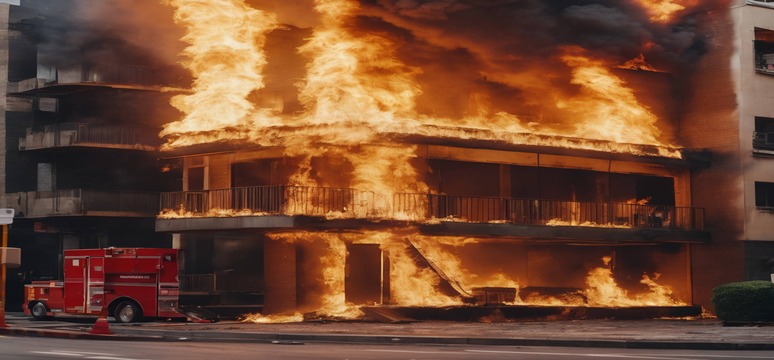
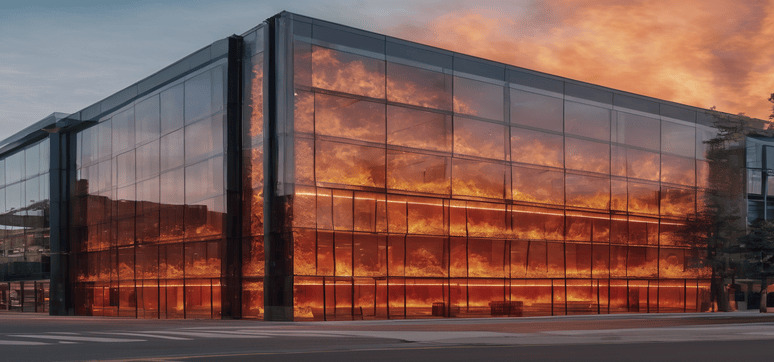
“Cladding Materials Used Should have 120 Minutes of Fire Resistance Level”
Any cladding material being used in the building structure maintaining a fire resistance of at least 120 minutes on the fire resistance level makes for a fire-safe material approach for any project. One of the most critical approaches toward fire safety is using solutions that can control the spread of fire. For example, smoke seals and fire-stop sealants with a rating of 120 minutes on the fire resistance level used on the horizontal and vertical gaps can avoid the spread of fire to upper floors. STANDARD FIRE TESTS For full configuration non-loadbearing curtain wall systems, the EN 1364-3 test is carried out, which is a European Standard determining fire resistance. It does not cover double skin façades, over-cladding systems and ventilated façade systems on external walls. Every material used in a conventional façade system has its own melting point. Using ACP/Solid Aluminium sheets with a fire resistance level of 120...
Posted on: 16 Nov 2023
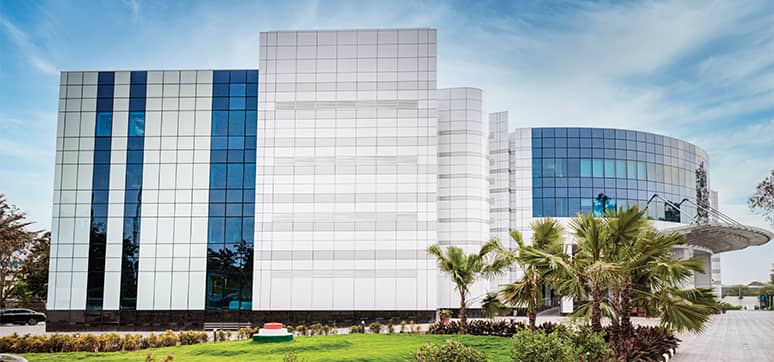
Performance and Aesthetics are the Key Elements to Look for
Glass façades have become increasingly popular in contemporary/high-rise buildings due to their numerous advantages. One of the most significant benefits of glass façades is the ability to allow natural light to penetrate deep into the building’s interior, creating a more pleasant and productive work environment for occupants while also reducing the need for artificial lighting during the day. [caption id="attachment_54834" align="alignleft" width="300"] .[/caption] This can improve the energy efficiency of the building and lower operating costs. In addition, glass façades can provide a sleek, modern appearance that is often desired in contemporary architecture.They can also offer unobstructed views of the surrounding environment, creating a greater sense of connection to the outdoors. Modern glass technology has also improved the thermal and acoustic performance of glass façades, making them more energy-efficient and able to reduce noise transmission. They are designed to be durable and long-lasting, withstanding extreme weather conditions and resisting damage...
Posted on: 08 Nov 2023
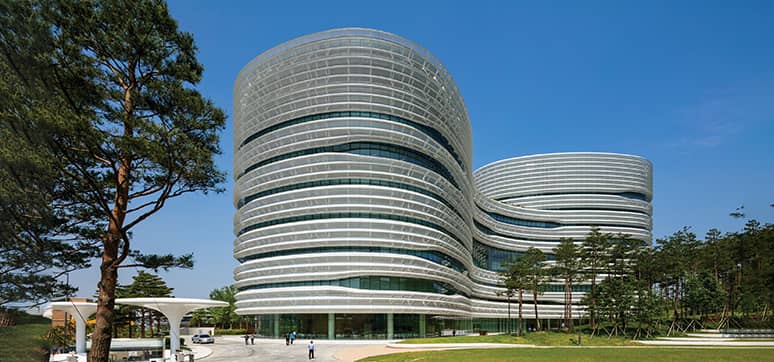
CJ Blossom Park, Suwon, South Korea
CJ Blossom Park in Suwon, South Korea, designed for one of Korea’s largest companies, consolidated the corporation’s previously disparate pharmaceutical, biotechnology, and food products businesses into a single location. [caption id="attachment_54779" align="alignright" width="414"] Concept sketches[/caption] The building’s architecture, which was designed by the Yazdani Studio of CannonDesign, is inspired by CJ’s brand identity—defined by a three-petal blossom. These are represented by three elliptical towers of differing heights, each housing one of CJ’s divisions. The towers rise around a central atrium that cultivates interconnectivity and engagement with fluid circulation and natural light. An outer-pleated perforated screen wraps around the entire complex and shades the floor-to-ceiling semi-unitized glazing, providing an even distribution of light deep into the building. By carefully coordinating pleat folds and screen densities with building orientation and program elements, this secondary skin enabled the team to place full-height glazing around the entire perimeter of the building without negatively impacting...
Posted on: 02 Nov 2023
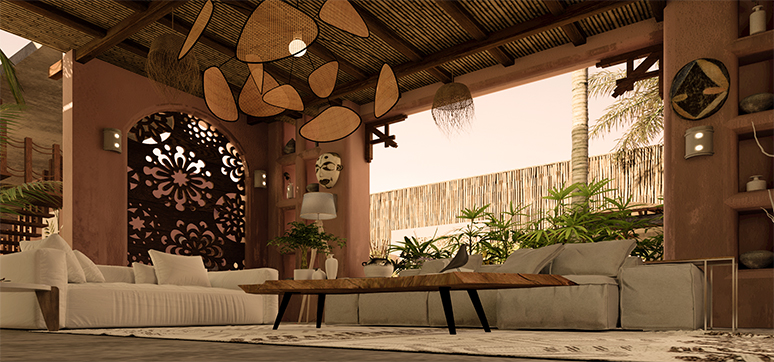
The Middle East has the Capacity to Catch Up to and Surpass International Norms Over Time
Tell us about your practice and design approach? MAB Design Studio is a multi-disciplinary Architecture & Engineering practice with offices across Egypt, and the UAE. We have been established in the Egypt for 8 years, with a significant portfolio of work across the Middle East. Championing the convergence of art and science, our approach to design is truly collaborative, combining the experience and specialist knowledge of our architects and engineers, in combination with external specialist designers and clients to deliver comprehensive and holistic solutions to design projects. In the role of Lead Consultant, from design inception to completion on-site, our team is carefully selected to ensure the best possible outcome of each project, combining local knowledge with global expertise. Could you please tell us about your journey in the field? How did you think of becoming an architect? What do you enjoy most about your profession? I have always been...
Posted on: 16 Oct 2023
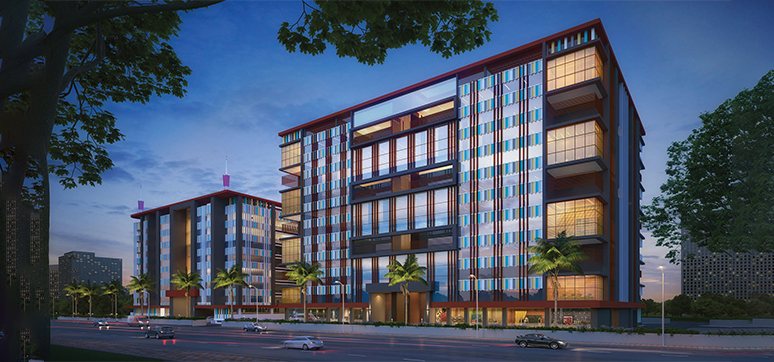
Revolutionizing Urban Landscapes: Innovative Architectural Narratives
A Mixed-Use High-Rise Building at Kothrud, Pune Location This mixed-use high-rise building at the prime location of Kothrud is strategically positioned to connect the old heritage core of Pune to suburban areas like Baner, Balewadi, and Hinjewadi. Kothrud is a prominent locality in Pune, known for its historical significance and modern development. Being near the old heritage core of Pune, the area is rich in cultural heritage and traditional charm. The convenience of connectivity to these suburban areas makes it an attractive location for both residential and commercial purposes. Culture The presence of a mixed-use building showcasing contemporary architecture is indeed a wonderful addition to the cultural hub of Kothrud Such a building not only complements the local culture but also enhances the overall ambiance and heritage value of the area. [caption id="attachment_54453" align="alignnone" width="774"] Using brick as a cladding material in a mixed-use building can indeed showcase a harmonious...
Posted on: 13 Oct 2023
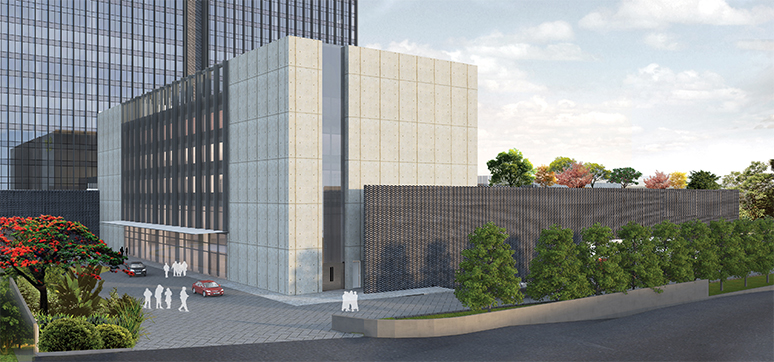
Office Towers Have Undergone Significant Changes in Façade Cladding Materials
In façade design, cladding plays a major role in improving aesthetics and providing protection from natural elements. Aesthetics: Exterior wall cladding is a critical element that significantly enhances the aesthetics of the façade. Carefully chosen materials can be thoughtfully integrated into the façade to conceal service lines and other utilities, creating a pleasing appearance. Weather Protection: Due to the diverse weather conditions in different regions of our country, selecting the appropriate cladding materials for the façade is crucial. Wise material choices can effectively shield the structure from natural elements such as heat radiation, and rain, and also improve acoustics, etc. SELECTING CLADDING MATERIALS Selecting the best building cladding material involves careful consideration of several factors. The overall façade massing and the context of the building’s location play a crucial role in determining the most suitable cladding option. Sustainability is also a significant factor in making environmentally conscious choices. Additionally, the clever combination...
Posted on: 06 Oct 2023
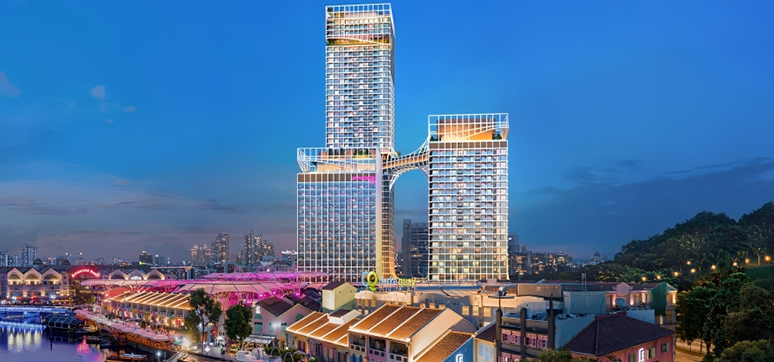
Enhancing Aesthetics and Performance: The Significance of Exterior Cladding in Buildings
The importance of cladding in buildings goes beyond functionality and serves as a crucial aspect of modern architecture. It not only protects the structure, from weather conditions but also contributes to its visual appeal. The selection of cladding material, design, and installation technique greatly impact the building’s energy efficiency, durability, and overall aesthetic impact. With a range of options architects, designers, and builders can now choose from various cladding options to seamlessly integrate structures with their surroundings while meeting sustainability and durability requirements. In this cover story, we will delve into the role of cladding as it has the potential to transform buildings into visually stunning and environmentally responsive works of art. For this, we have interviewed a few industry experts to bring to you all the important aspects related to cladding. Here are the excerpts: Types of Exterior Cladding Materials and Criteria of Selection [caption id="attachment_54224" align="alignright" width="150"] Mathieu...
Posted on: 06 Oct 2023
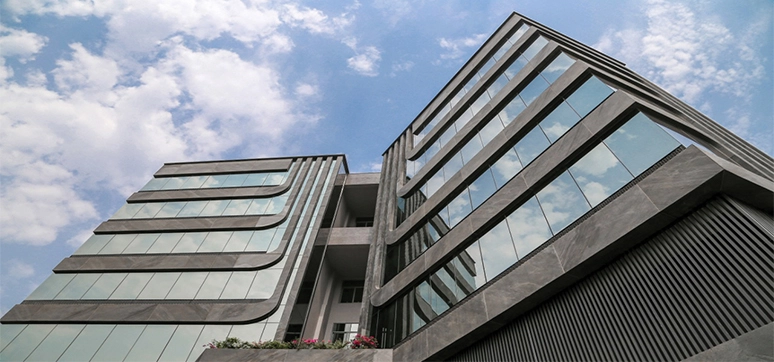
“Energy Efficiency and Environmental Friendliness are Two Important Considerations while Choosing Cladding Materials”
What are the purposes of exterior wall cladding? Exterior wall cladding protects the structure from adverse weather conditions, by making it resistant to exposure to sunlight, sudden changes in humidity and so on. Due to its high degree of insulation, it helps maintain cool temperatures inside. It will ensure little or no maintenance as it requires just washing to keep its strength and look hence avoiding huge expense on repairs and maintenance. External wall cladding also enhances the aesthetic appeal of the building and hence saves a lot of money as compared to the other alternatives. What are the best building cladding systems? For me, the best cladding material would be the Solid Core Aluminum which is extensively used for the exterior of the building. It has protective skin on both sides that enhances its appearance, and provides insulation while providing protection from various environmental elements. The benefits of Solid...
Posted on: 04 Oct 2023
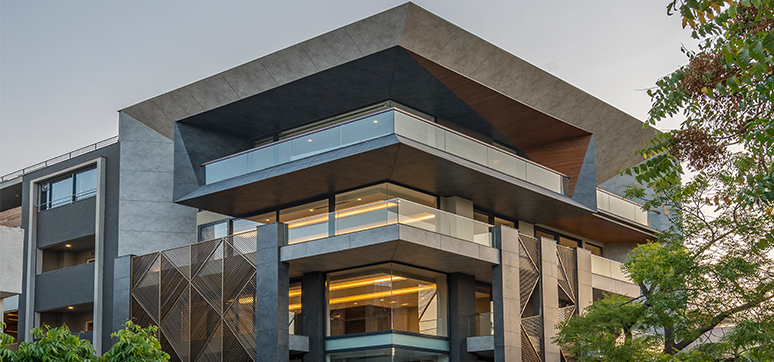
Cladding Trends Materials, Colours, Designs
As a part of the architecture industry, one is constantly in dialogue with the dynamic world of design, driven by a passion for a sublime, engaging and distinctive creation that seamlessly connects with the outside world. With luxurious, grand and opulent designs that merge with the natural environment, the author presents a modernist and analytical perspective on the ever-evolving realm of cladding. By exploring the latest materials, colours and designs, this article unfolds the transformative power of cladding as a vital component in contemporary architecture. With a visionary lens, one can become aware of the present state of cladding and understand its future impact that paves the way for innovative and captivating architectural expressions. EVOLVING MATERIALS: A UNION OF NATURE AND TECHNOLOGY [caption id="attachment_54150" align="alignright" width="362"] Façade design - luxurious, grand and opulent designs that merge with the natural environment[/caption] Cladding materials have experienced a renaissance in recent years, driven...
Posted on: 03 Oct 2023
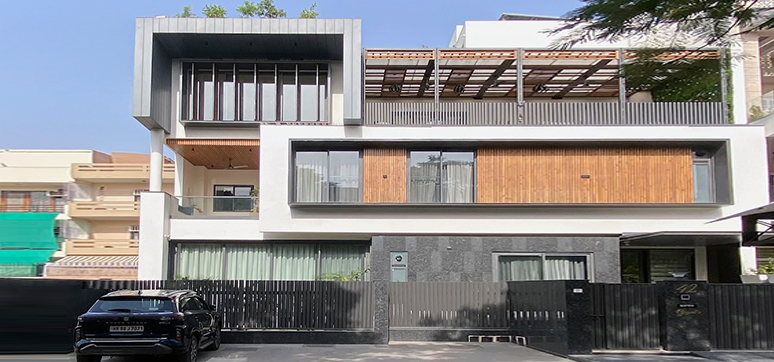
Elevating Building Exterior through Advancements in Façades, Cladding & Fenestration
The field of building exteriors has seen significant progress in the development of materials for cladding façades, windows, and doors. Architects and designers now have a diverse selection of materials, such as glass, aluminium, metals, concrete, brick, fly ash, wood, bamboo, rammed earth, and tensile fabric. These materials offer distinct properties that allow for visually impressive and environmentally appropriate structures to be created. [caption id="attachment_53948" align="alignright" width="276"] The façade radiates warmth and transparency: Glass offers transparency and visual connectivity, metal strips provide strength and support, and wood introduces a natural and textured element to building façades[/caption] Glass has gained immense popularity due to its transparency, versatility, and capacity to maximise natural light in buildings. With advancements in glass technology, such as low-emissivity coatings and double or triple glazing, improved insulation and solar control are achieved, leading to reduced energy usage for heating, ventilation, and air conditioning. Aluminium, known for its...
Posted on: 22 Sep 2023
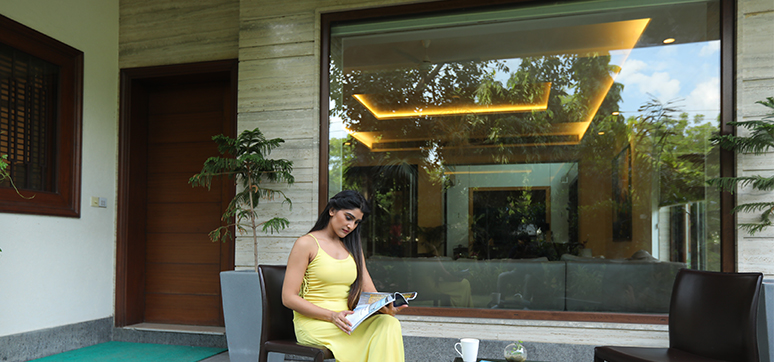
The Changing Windowscape in the Indian Sub-continent
Being in the window industry since 1999 in various capacities and companies gave me a unique opportunity to see the change in the window industry in the last 2 decades. Window sizes were smaller - 4’ x 4’, 6’x4’; window openings had shades (chajjas), and there was no concept of testing. When I used to talk about tests and performance, I was told, that our window has been functioning perfectly well for so many years. Domal was opposed vehemently, and PVC was almost ostracised. Glass was from 3mm to 5.5mm. Thicker glasses and Double Glazed Glass for windows were very very limited. Sun films and tinted glass fought against each other to offer sun protection. Entry of major European uPVC profile companies, aluminium system companies, hardware companies and performance glass brought in concepts of energy saving, noise reduction and functionality of windows beyond just opening and closing. However, installation still...
Posted on: 19 Sep 2023
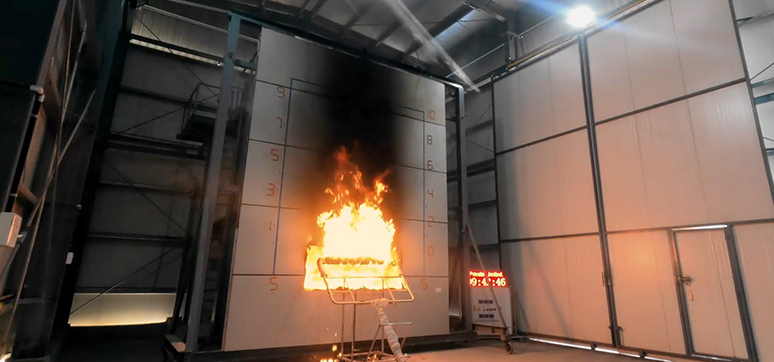
Ensuring Safety, Functionality & Longevity of Buildings through Testing
In the rapidly evolving landscape of modern architecture and construction, the significance of testing has emerged as a cornerstone for ensuring the safety, functionality, and longevity of high-rise buildings. The integration of glass, fire safety in building façades, and hardware components within these towering structures has ushered in a new era of innovation and design. However, with innovation comes the imperative to rigorously test these elements to meet stringent standards and regulations. This article delves into the pivotal role that testing plays in guaranteeing the integrity of the glass, fire safety, and hardware in high-rise buildings, safeguarding lives and elevating the standards of contemporary urban living. 1. NFPA 285: Enhancing Fire Safety in Building Facades The NFPA 285, developed by the National Fire Protection Association, serves as a vital fire testing standard specifically designed to evaluate the fire performance of exterior wall assemblies in multi-story buildings. This test is essential...
Posted on: 19 Sep 2023
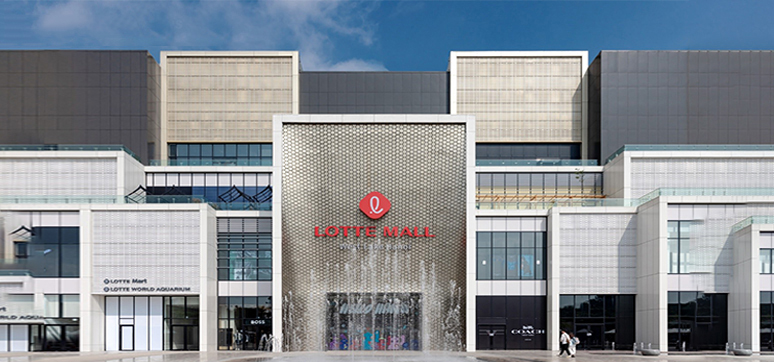
Facade – Not just a Cover for a Building
With BM Windows, the façade is the "language" expressing the individuality of each project, bridging the realms of art and technology while manifesting the vision and brand values of the investors. [caption id="attachment_53592" align="alignleft" width="250"] Exterior Facade[/caption] Harmonizing architectural beauty in every technical detail, BM WINDOWS has epitomized the essence of façade in a complex spanning over 7.3 hectares. The façade systems crafted by BM WINDOWS have seamlessly integrated diverse building functions, from commercial areas, offices, and hotels to serviced apartments. This integration encompasses an array of elements such as doors, windows, curtain walls, aluminium composite panels, stone claddings, glass canopies, aluminium roofs, glass rails, aluminium louver systems, and more. [caption id="attachment_53593" align="alignright" width="250"] Facade Design[/caption] At Lotte Mall Hanoi, BM WINDOWS has woven a distinctive narrative into every facet of its façade. Notably, the hexagonal panelling within the shopping mall area stands as a prominent signature, capturing the entire...
Posted on: 15 Sep 2023
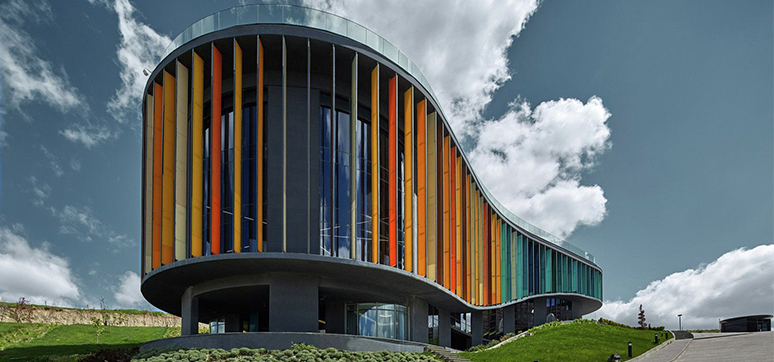
Accommodating Movements in Façades
The connection between a building’s façade and its primary structure is like a duo dance posing some tricky challenges! So, when the structure decides to groove and shake, the façade can’t help but follow along. If we don’t address this dance routine early in the design process, the consequences can be a real showstopper! By delving deeper into the relationship between the façade and primary structure, we can gain a better understanding of the complexities involved and the critical role that careful design and engineering play in ensuring a harmonious performance. The movements experienced by buildings are primarily due to live loads such as users, wind and seismic activity in addition to temperature and moisture fluctuations. These forces can cause the building to sway, vibrate, or deform to some extent. Since the façade is an integral part of the building envelope, it experiences these movements as well. Different façade components...
Posted on: 15 Sep 2023
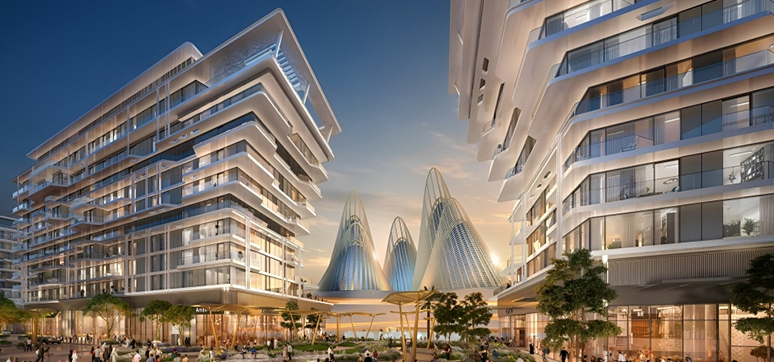
The Realm of Cladding is Experiencing a Surge in Product Advancements
Could you provide an overview of the different types of exterior cladding materials available, and what factors should be considered when selecting them? Choosing the appropriate cladding material is not just a matter of the architect's design considerations, such as the client's preferences, budget, structural loads, context, performance against environmental conditions, and the design's geometry and materials properties that match it. It is also essential to ensure that the chosen materials comply with sustainability and embodied carbon certifications and goals, including energy efficiency, long lifespan, and recyclability. From cladding sheets to composite panels, shingles, and sandwich panels, the available cladding materials offer a comprehensive selection of all types to meet all your needs. Some commonly used cladding materials include metal (such as aluminium, ACP, zinc, copper, brass, galvanized steel, and MCP), glass, stone (including granite, marble, limestone, travertine, and sandstone), plastics (such as FRP, polycarbonate, ETFE cushions, and UPVC), wood/timber...
Posted on: 12 Sep 2023

